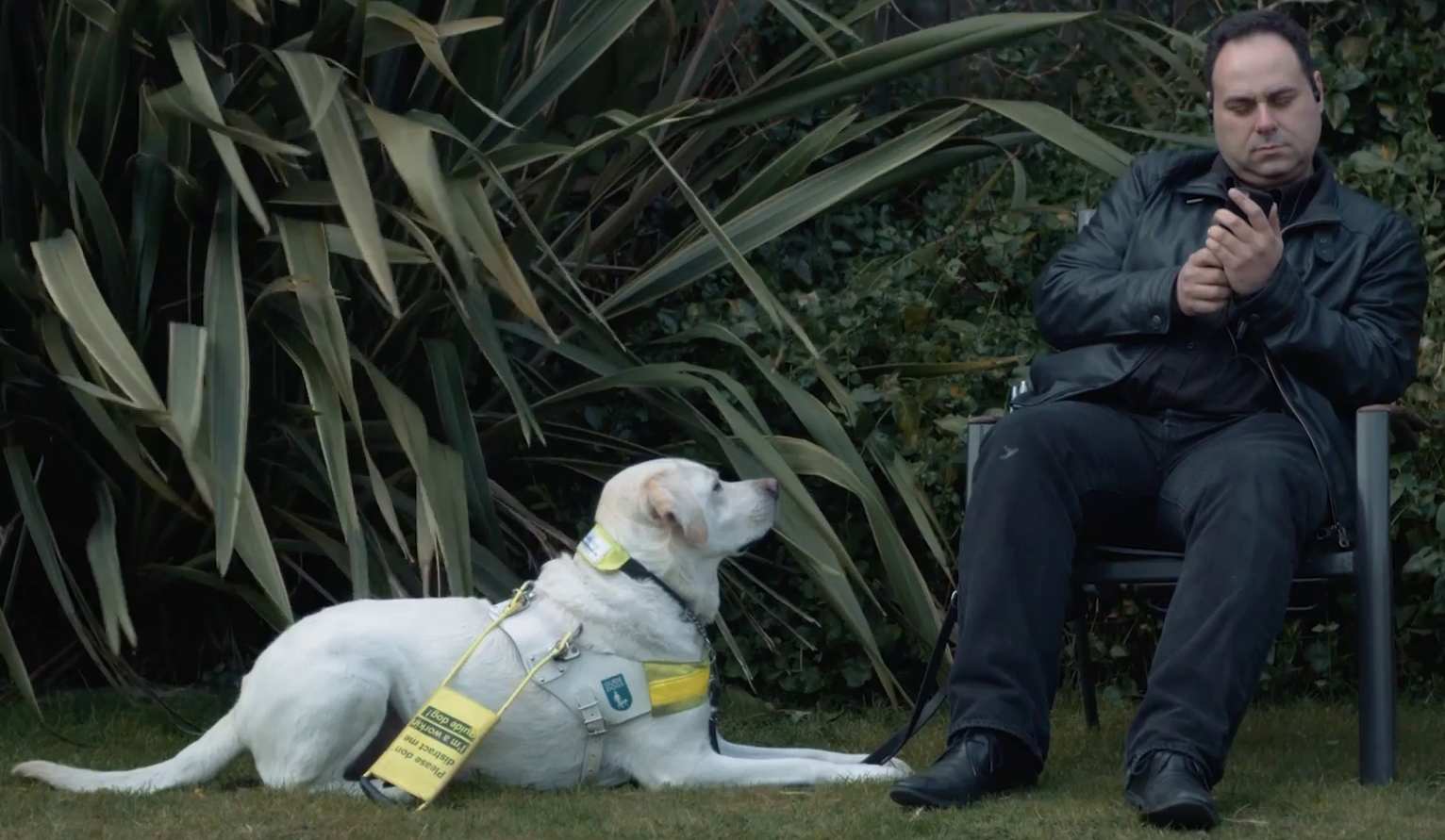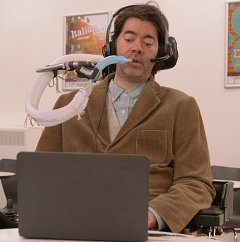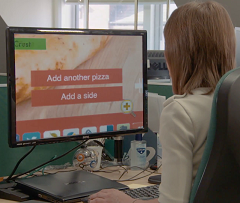Accessibility: It’s About People

Accessibility is about ensuring that digital technology is usable by people with disabilities. Checklists, standards, and laws are important tools to help achieve accessibility — yet sometimes they get the focus instead of the fundamental goal of accessibility: meeting the needs of disabled people in the real world.
Many WAI resources cover the organizational, technical, and standards aspects of accessibility. The following WAI resources help you understand the people aspects:







- Web Accessibility Perspectives: Explore the Impact and Benefits for Everyone
- Videos that illustrate Accessibility: essential for some, useful for all. Learn about the impact of accessibility on people with disabilities and the benefits for everyone in a variety of situations. Pages include supporting information. Ten 1-minute videos, and a 7-minute compilation
- How People with Disabilities Use the Web
- Provides user stories (“personas”) of people with different disabilities. Describes tools and approaches that people use to browse the web and the barriers they encounter due to poor design. Includes videos that illustrate Accessibility: It’s about people.
- Older Users and Web Accessibility: Meeting the Needs of Ageing Web Users
- Explains that designing products that are easier for older people to use is similar to designing for people with disabilities. Links to: Developing Websites for Older People: How Web Content Accessibility Guidelines (WCAG) 2.0 Applies and Web Accessibility for Older Users: A Literature Review.
- Accessibility, Usability, and Inclusion
- Explains the distinctions and overlaps between accessibility, usability, and inclusive design; encourages increased coordination across research and practice in these disciplines; and points out the importance of maintaining the focus of accessibility on people with disabilities.
Related resources:
- Cognitive Accessibility at W3C introduces existing guidelines and additional work on accessibility for people with cognitive and learning disabilities.
- Involving Users in Web Projects for Better, Easier Accessibility describes how project managers, designers, and developers can better understand accessibility issues and implement more effective accessibility solutions. It introduces a user-centered accessibility approach.